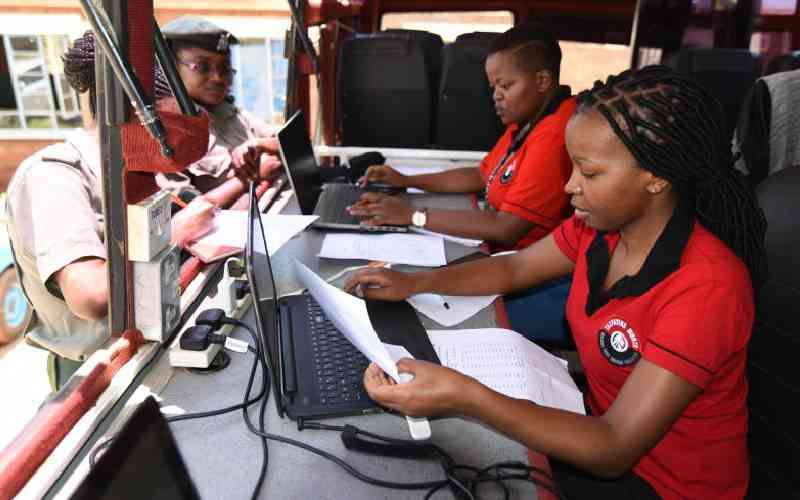
Kenya’s fight against HIV just streamlined its pit crew. By adopting the WHO’s three-test algorithm, the nation aims to slash testing queues – a welcome change considering the near-championship 4.3 per cent prevalence rate.
This is not bureaucratic busywork; it is a strategic shift. Yet, challenges abound. Many at risk of HIV still lack access to prevention and care, and a cure remains elusive. Globally, treatment numbers are up, but the finish line – ending AIDS by 2030 – still feels a lap away.
The adoption of this algorithm coincides with the Ministry of Health’s launch of the revised National Guidelines for Treatment and Prevention of HIV. This is not just a bureaucratic shuffle; it’s a strategic move orchestrated by an eleven-member taskforce formed in March 2022.
HIV, the virus that has wreaked havoc globally since the early ‘80s, still poses one of the most formidable health and development challenges. With 39 million people living with HIV worldwide, and millions having succumbed to AIDS-related illnesses, the fight is far from over. But there’s good news: progress, albeit uneven, is being made. Yet, challenges abound.
The Sustainable Development Goal of ending the AIDS epidemic by 2030 is ambitious, especially when the interim “90-90-90” targets were missed in 2020. Now, the focus shifts to the “95-95-95” targets by 2025, aiming for 95 per cent of people living with HIV knowing their status, 95 per cent of those diagnosed receiving sustained antiretroviral therapy, and 95 per cent of those treated achieving viral suppression.
In Kenya, the shift to a three-test algorithm is part of this broader effort, informed by current trends in new technologies in HIV testing. The taskforce reviewed current HIV testing methods and contextualised the WHO’s recommendation for our local landscape. This new approach promises to be more efficient and accurate, reducing the chances of false positives and negatives, a crucial step in managing and eventually eliminating and eradicating HIV.
Globally, the response to HIV has seen substantial contributions from PEPFAR and the Global Fund, with the US being the largest donor. These efforts have led to a decline in new infections and AIDS-related deaths, but the journey is not complete.
Kenya’s move towards the three-test algorithm is more than a technical adjustment; it’s a signal of our commitment to fight HIV with every tool available. It underscores the need for constant innovation and adaptation in our health strategies.
What does this mean for the average Kenyan? For one, it’s a step towards destigmatising HIV. By improving testing accuracy, we reduce the fear and uncertainty surrounding HIV status.
It’s also about making healthcare more accessible and reliable. Imagine a young woman from a rural area getting a definitive HIV test without the long wait or the second-guessing.
Breaking the silence at home can dismantle the stigma in society, creating a ripple effect of awareness and support.
The writer is a Professor and Director of the Kenya AIDS Vaccine Initiative (KAVI)
 The Standard Group Plc is a multi-media organization with investments in media
platforms spanning newspaper print operations, television, radio broadcasting,
digital and online services. The Standard Group is recognized as a leading
multi-media house in Kenya with a key influence in matters of national and
international interest.
The Standard Group Plc is a multi-media organization with investments in media
platforms spanning newspaper print operations, television, radio broadcasting,
digital and online services. The Standard Group is recognized as a leading
multi-media house in Kenya with a key influence in matters of national and
international interest.
 The Standard Group Plc is a multi-media organization with investments in media
platforms spanning newspaper print operations, television, radio broadcasting,
digital and online services. The Standard Group is recognized as a leading
multi-media house in Kenya with a key influence in matters of national and
international interest.
The Standard Group Plc is a multi-media organization with investments in media
platforms spanning newspaper print operations, television, radio broadcasting,
digital and online services. The Standard Group is recognized as a leading
multi-media house in Kenya with a key influence in matters of national and
international interest.











